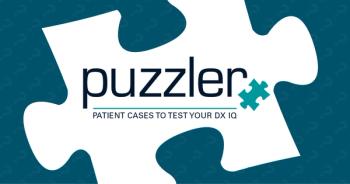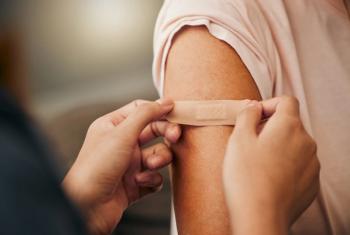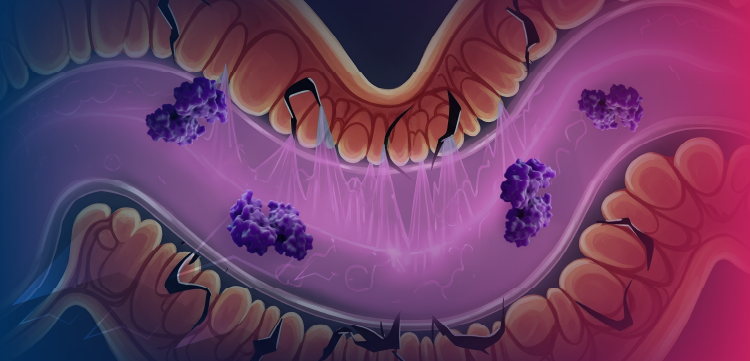
Northeast Has Highest Rates of Childhood Cancer in U.S.
Young people living in the Northeast region of the United States have a significantly higher incidence of childhood cancer than those in other parts of the country, according to a report published in the June issue of Pediatrics.
TUESDAY, June 3 (HealthDay News) -- Young people living in the Northeast region of the United States have a significantly higher incidence of childhood cancer than those in other parts of the country, according to a report published in the June issue of Pediatrics. The study is the first to document regional differences in childhood cancer rates.
Jun Li, M.D., Ph.D., of the National Center for Chronic Disease Prevention and Health Promotion at the U.S. Centers for Disease Control and Prevention in Atlanta, and colleagues identified 36,446 cases of childhood cancer in the United States between 2001 and 2003, based on a multivariable negative binomial regression analysis consisting of data from 39 National Program of Cancer Registries and five Surveillance, Epidemiology, and End Results statewide registries. Diagnosed cancers were grouped by the International Childhood Cancer Classification (ICCC), third version.
Incidence of childhood cancers in the United States varied geographically and demographically (by gender, race, age, and ethnicity), the researchers found. Incidence rates for all cancers combined were significantly higher in the Northeast (179.12 per million) versus the Midwest (165.50 per million), the West (165.26 per million) and the South (158.65 per million), the report indicates. For the first time, because of changes to the ICCC, myelodysplastic syndrome and other myeloproliferative diseases were included among leukemia statistics; previously, they were not.
"Our research findings are useful for prioritizing future childhood cancer research needs," the authors write. "Our findings may lay the groundwork for generating research hypotheses regarding differences in exposures and behaviors between populations living in different regions."
Copyright © 2008
Newsletter
Access practical, evidence-based guidance to support better care for our youngest patients. Join our email list for the latest clinical updates.










